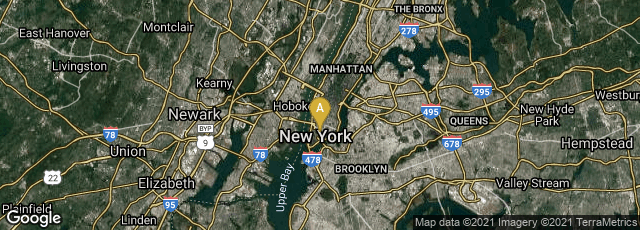

A: Manhattan, New York, New York, United States
Though efforts to invent a fountain pen occurred much earlier, efficiently functioning fountain pens were developed in several places by several different inventors from the 1850s through 1880s.
"Starting in the 1850s there was a steadily accelerating stream of fountain pen patents and pens in production. It was only after three key inventions were in place, however, that the fountain pen became a widely popular writing instrument. Those inventions were the iridium-tipped gold nib, hard rubber, and free-flowing ink" (Wikipedia article on Fountain Pen, accessed 04-15-2011).
The development of free-flowing ink was the invention of the American insurance salesman Lewis E. Waterman of New York City who employed the capillarity principle to allow air to induce a steady and even flow of ink in his fountain pen, receiving U.S. patent number 293545 in February 1884. Waterman's mechanism allowed a careful balance between ink leaving the pen and air entering:
"The downward flow of the ink by gravity and through the action of capillary attraction in the act of writing causes it to pass through [a] groove, and tends to create a vacuum within the reservoir, which is met by the influx of air passing upward through the groove. The direction of the current of air entering the ink-reservoir being opposite to that of the outflowing ink, the volume of the latter is somewhat lessened, and excessive discharge prevented" (Patent 293545).
♦ Thanks to Norman Hills for suggesting this entry and supplying key information.